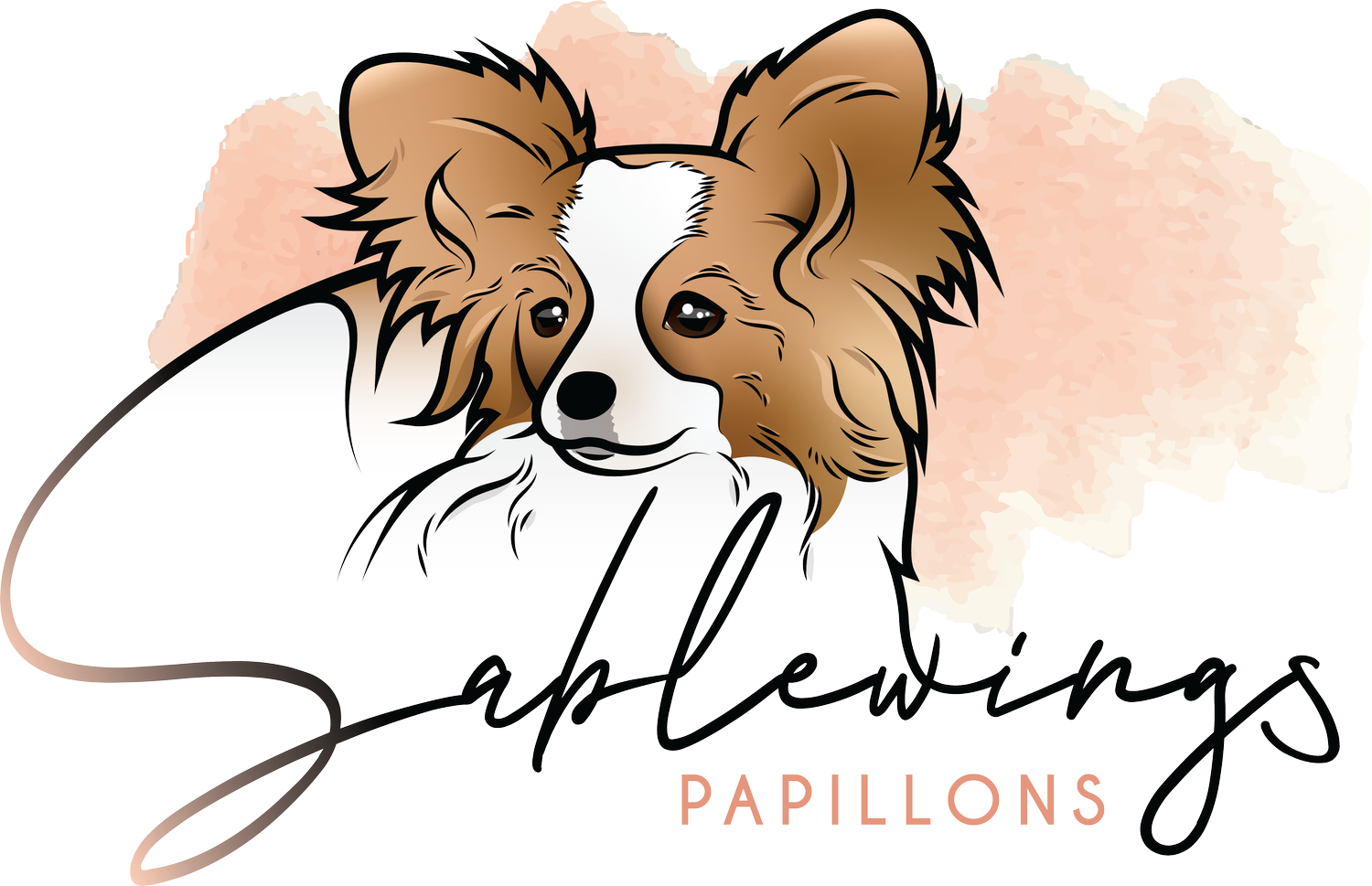I wrote to UC Davis last week to express my concerns with the CDDY (FGF4 ch12) test being reported as a risk result for Papillons by multiple panels despite a lack of study in this breed. My greatest concern is that I'm starting to see potential owners asking for CDDY-clear puppies when Embark, for example, reports that 78% of purebred Papillons are at least carriers of this variant. It would be an impossible task to breed this out of Papillons.
This was the response I got from UC Davis. Although it doesn't address my core concern, I thought the response was still worth posting:
"You are correct that there have been no studies on Papillons to date, but I believe a big piece of the misunderstanding has to do with terminology. The term IVDD stands for intervertebral disc disease, which is the premature degeneration of the intervertebral disc. However, many equate IVDD to disc herniation, including many veterinarians. Unfortunately, there is much we don't know yet regarding CDDY/IVDD, but below is what we do know.
The CDDY mutation is actually an extra copy of an FGF4 gene on chromosome 12 that causes the production of 10 times more FGF4 protein than normal in the intervertebral disc, resulting in abnormal premature degeneration of the discs (also called intervertebral disc disease or IVDD). Premature degeneration of intervertebral discs means that they lose their elasticity and start to become calcified and rigid at an early age in affected dogs. A single copy of the CDDY mutation will cause this premature degeneration of intervertebral discs.
A rigid intervertebral disc is less able to accommodate the pressures from vertebral movement and impact, and this is why they are more prone to herniation. Studies have shown that dogs with one or two copies of CDDY are more likely to experience disc herniation than dogs that have no copies of CDDY. The increased risk for disc herniation was determined in a 2019 study that looked at 569 dogs of multiple breeds that underwent spinal decompression surgery at UC Davis. The researchers found that the presence of disc calcification that was visible by radiography at the time of surgery was 2.5 times more likely in dogs with 2 copies of CDDY compared to dogs with 1 copy of CDDY. However, when it came to the risk for disc herniation, there was no significant difference between dogs with 1 or 2 copies of CDDY. They found that dogs with 1 or 2 copies of CDDY were 5-15 times more likely to have a disc herniate than dogs without the CDDY mutation. However, other external factors likely contribute to reducing or increasing the risk for disc herniation as we know that not all dogs that have the CDDY mutation (1 or 2 copies) will experience disc herniation. Additional studies are ongoing and may help us better understand why some dogs with the mutation have disc herniation and others do not.
Regarding leg length, recent research has shown that while CDDY does appear to have an effect on leg length, CDPA has a greater effect than CDDY. CDPA consists of an extra copy of FGF4 in chromosome 18. It is not uncommon for dogs to have CDDY and not CDPA and vice-versa. Therefore, dogs with CDPA tend to have shorter legs than those with CDDY, and the shortest legs are seen in dogs that have both CDDY and CDPA."
